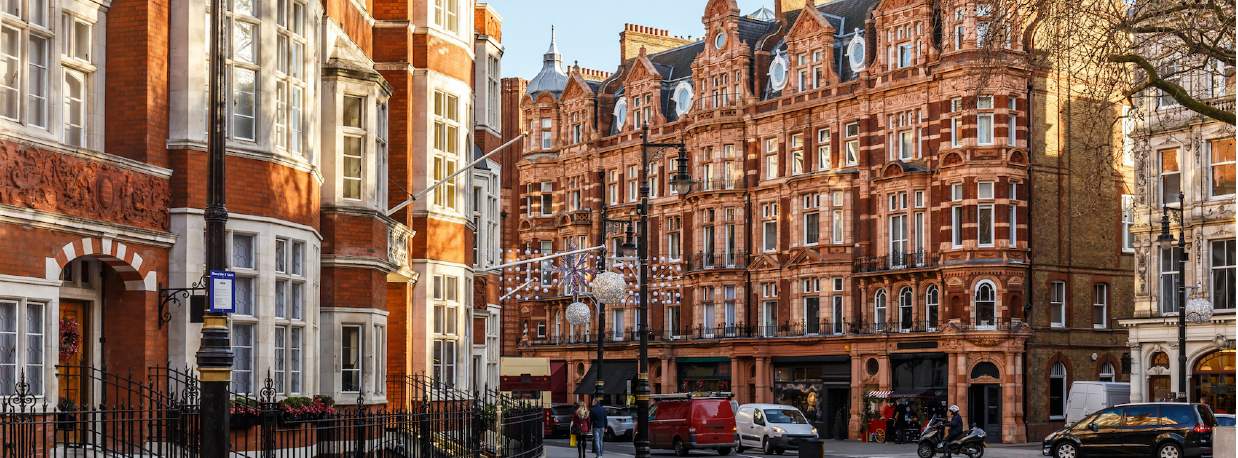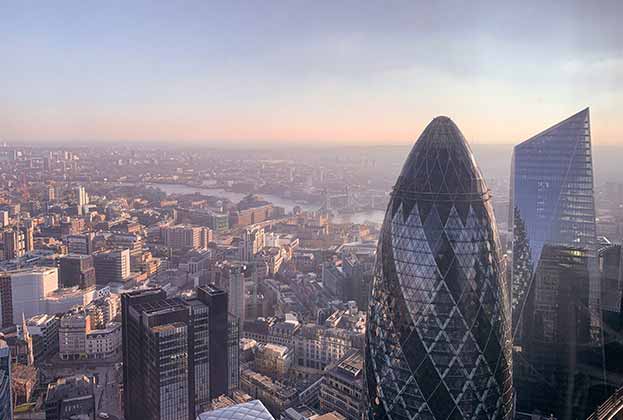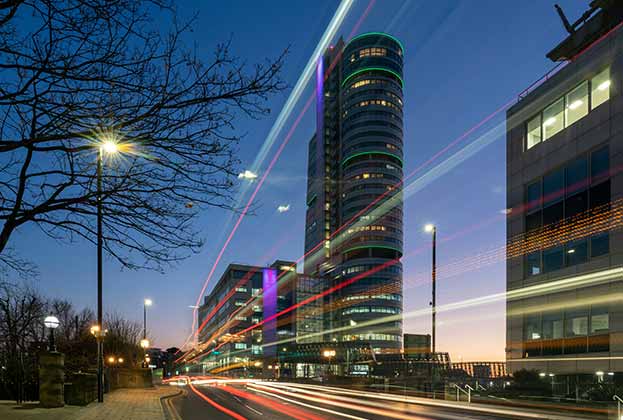Mayfair, with its illustrious W1 postcode and traditional Georgian buildings set amongst a flurry of high-end retail shops, has long been considered one of the most prestigious and affluent places to both live and work in London.
The turbulence over the past year, with Covid-19 taking hold and intermittent lockdowns prevailing all over the UK, has meant that the future of the office has never been under such a large amount of scrutiny. And with much of the talk around the market currently being dominated by supply and, more specifically, the influx of tenant space, you’d be forgiven for thinking that the whole of the West End has become inundated with grey space.
However, the resilience of Mayfair and its ability to not respond in a ‘typical’ recessionary manner, when compared with other West End sub-markets, is a pattern we are seeing emerge again.
Currently tenant supply makes up 26 per cent of Mayfair’s available office space, which equates to 205,234 sq ft. This is a 96 per cent increase from the levels of tenant supply that were available in 2019. However, although this number seems like a sharp rise, during the Global Financial Crisis Mayfair’s tenant stock rose by 233 per cent in the period between 2007-2009.
This stock was then reabsorbed back into market by 2011 with Mayfair’s vacancy rate falling by 4.4 per cent from 2009 levels. Although we do expect supply to continue to rise, albeit at a smaller rate than other sub-markets, the healthy amount of space under offer suggests that we could see leasing activity pick up. In fact, Mayfair currently has the largest amount of space under offer out of the core West End sub-markets, accounting for 43 per cent. Within this space 67 per cent is of Grade A standard.
Historically, this market remains well insulated from tenant controlled space due to the resilience of the occupiers who choose to situate themselves here. These occupiers have traditionally been part of the financial sector and are willing to pay higher rents for smaller floor plates. Comparatively, Soho, Mayfair’s neighbouring sub-market, has become more vulnerable to the influx of small to medium-sized grey space, having risen by 252 per cent, due to the predominance of creative companies in the area.
Again, when a closer look at the grade of stock available is taken, the market doesn’t seem so bleak. The sustained strong levels of demand for newly developed space in the core is illustrated by the fact that 72 per cent of the tenant supply available is classified as Grade B. This is a 69 per cent increase from the Grade B tenant supply available in 2019, suggesting that tenants are not releasing new, better quality space.
Having delved deeper into the issue of tenant release space it remains clear that the exclusivity that has long presided in Mayfair has left it in good stead to weather any storm. And although Covid-19 has presented a whole new set of challenges, the resilience of this market so far has seemed to be no different.
Further information
Read more: West End Market Watch

-impact-the-office-sector(1).jpg)

.jpg)






